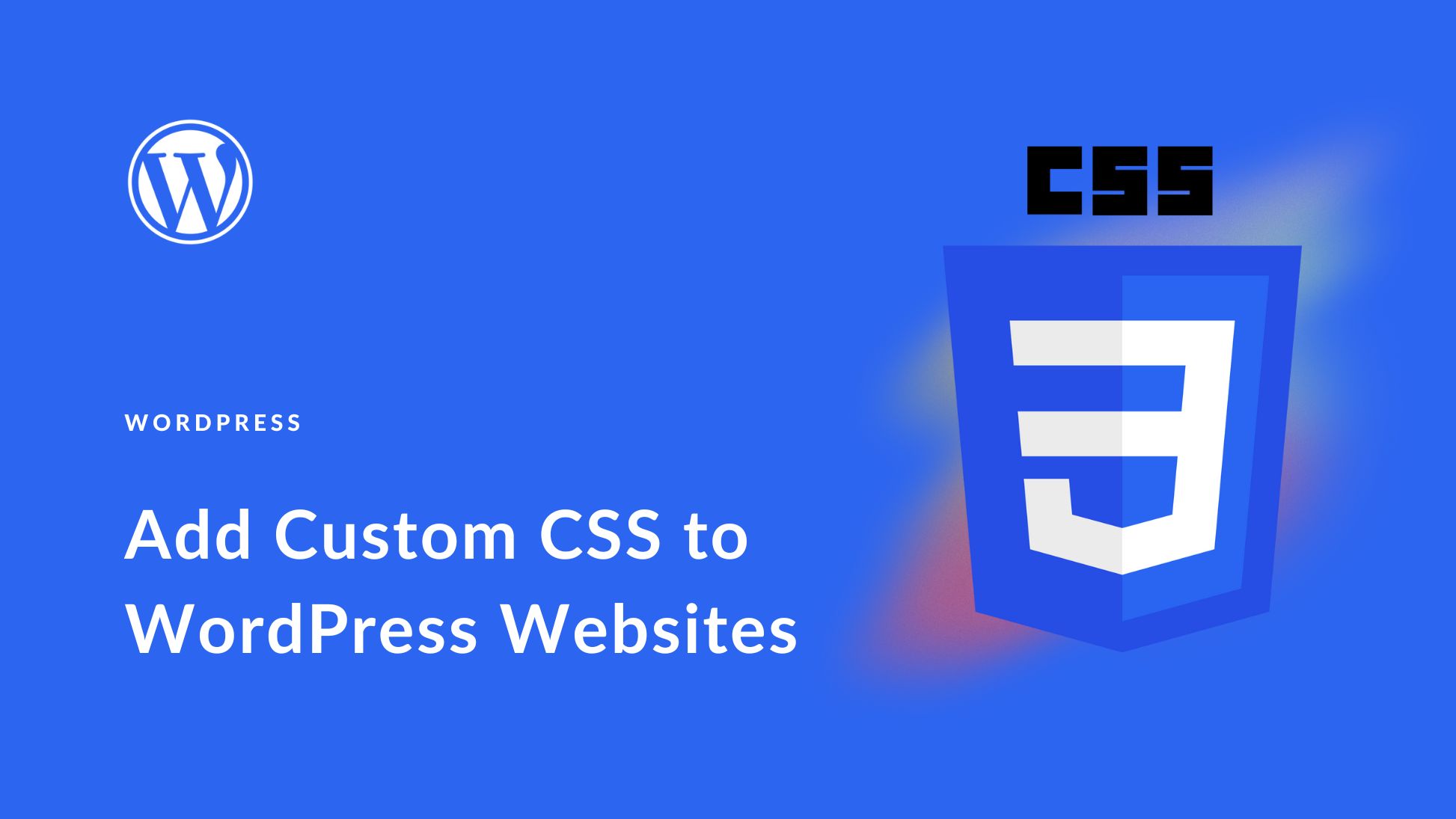Securing your WordPress website to protect it from hackers, bots, and online vulnerabilities is a multi-pronged responsibility. One of the many aspects of site security that should be on your radar is protecting your database from a SQL injection attack. If you want to ensure your data is protected (not to mention data attributed to your site users), then you’ll need to make sure this cybersecurity base is covered.
Wondering how to protect your website from SQL injections? This article will walk you through the basics, so read on.
What is an SQL Injection Attack?
A SQL injection attack occurs when hackers insert SQL statements into a website or database to gain access to users’ personal, sensitive, or proprietary data. Hackers can steal this information, exposing or exploiting it via ransomware or other nefarious activities. One common way hackers gain access to the data stored on a website, for example, is by compromising areas of your site where visitors enter their personal information, such as comments, surveys, forms, interactive quizzes, and more.
Additionally, they can delete or alter information from the databases they gain access to. SQL injection allows for identity theft and the changing of financial records and transactions. The hackers who perpetrate SQL injections can also make themselves administrators, effectively taking over the specific sites or databases they’re infiltrating.
According to this article from Cyware, SQL injections have been a prominent tool in hackers’ belts for more than two decades now. Despite the passing of time, this method of hacking remains both an effective and incredibly common way that thieves collect data they’re not legally privileged to.
A report from OWASP indicates that applications built with ASP and PHP are more vulnerable to SQL injection attacks. Although WordPress has built a secure platform for its users, there are still specific steps that you need to take if you run an independently hosted WordPress website.
Examples of SQL Injection Attacks
SQL injection attacks are common where a large amount of user and financial data can be obtained. Popular targets of these types of attacks include large retail brands, universities, financial institutions, video games, government, industry, and similar organizations. These types of hacks, like any other hack, are illegal to perform in most cases.
One recent example of a SQL injection attack involved a recent hack against the billing app BillQuick Web Suite, which allowed hackers to control servers across BillQuick’s network. The hack then deployed ransomware. According to Huntress Labs, the cybersecurity firm that investigated the hack, the SQL injection appeared to have been executed on the site’s login page.
Between 2016 and 2017, a hacker called Rasputin used SQL injections to gain access to multiple institutions in the UK and US, including the US Electoral Assistance Commission, multiple prominent universities, and a wide range of state and federal government and educational institutions.
There are three types of SQL injections hackers can use to exploit your WordPress website: in-band SQL injections (which include error-based and union-based SQL injections), out-of-band SQL injections, and inferential (blind) SQL injections (which include boolean- and time-based SQL injections). Each type of SQL injection utilizes a different tripwire to insert a vulnerability into your database, then extract information from it.
How to Prevent an SQL Injection in WordPress
Wondering how to prevent a SQL injection attack on your WordPress website? There are several steps you can take to secure your data and keep hackers out.
Before you begin implementing the below steps, we suggest you run a comprehensive security audit of your WordPress site to see what gaps you might need to fill. We’ve written a guide to help you do that here.
1. Cover Your WordPress Site Security Basics
In order to protect your database, you need to start by securing your WordPress site as a whole. Cover your basics, such as:
- Keeping up with WordPress updates and patches. If your site security is outdated, that automatically makes it more vulnerable to SQL injection attacks. Make sure you update your WordPress site, theme, and plugins to maintain basic site security.
- Enabling a firewall. A web application firewall can provide an additional layer of security to your WordPress website.
- Regularly scanning your WordPress site for vulnerabilities. Using a tool such as Patchstack or WPScan can help you stay on top of overall site security.
- Using a robust WordPress security plugin for peace of mind. Plugins such as All in One WP Security & Firewall, Wordfence, and Sucuri (see our in-depth review here) all all security plugins that can help to provide comprehensive security to your site, which includes SQL database protection.
2. Make Sure to Protect Your SQL Database
Now it’s time to zero in on your SQL database protection. You can use a tool to specifically monitor the SQL on your website. Tools such as Datadog or Site24x7 can help you stay on top of any potential vulnerabilities in your SQL database.
In addition to using a monitoring tool, be sure to stick to prepared SQL statements. Consider this more secure option, rather than using vulnerable, automated dynamic SQL on your WordPress site.
3. Tighten Up Your Site Access and Data Security
Securing the data that’s stored on your WordPress website, as well as tightening up who has access to it, is critically important if you want to prevent malicious SQL injection attacks. Here’s what you should do:
- Sanitize, escape, and validate user input and data. It’s possible to block invalid data from getting entered into your database, which lowers your risk of successful SQL injections. The WordPress Codex offers in-depth information on how to do that here.
- Clean up your list of site contributors. Only the people who absolutely need access to your site dashboard should have it. Check your list of users and remove anyone who should not be there.
- Encrypt any sensitive data. Encryption plugins such as Really Simple SSL or WP Encryption can help.
SQL Injection Frequently Asked Questions
What happens if I don’t protect my WordPress website from SQL injection attacks?
Unfortunately, failing to protect your WordPress site from SQL injections could mean a breach of your sensitive data, along with that of your users or customers. Hackers could use this information for identity theft, fraud, ransomware, and a host of other nefarious activities. In addition to data loss, a hack like this will cost you time and money–and it could get expensive, resulting in money lost for both you and anyone else whose data was compromised in the incident. A serious data breach could also potentially land you in legal hot water.
I regularly work with SQL. Can I use generic SQL to secure my site?
WordPress recommends that you use SQL functions that are specifically designed for WordPress. They’re available on the WordPress developer site here.
What’s the best plugin or app to secure my WordPress site from SQL injections?
The best app is really going to depend on your specific needs. You might already have some modicum of security set up, and now you just need to round that out with database protection or SQL monitoring. Or, you might need a comprehensive solution. Follow the steps in this post to help you determine exactly which solution is going to be best for you.
Summary
Successfully protecting your WordPress website from SQL injections takes a multi-layered approach to site security. As a site owner, it’s essential to be thorough in covering your bases. Take your time in choosing the right website security solution for you, and you’ll be on your way to better protecting not only your SQL database, but your site as a whole.
Article thumbnail image by Modvector / shutterstock.com









Leave A Reply